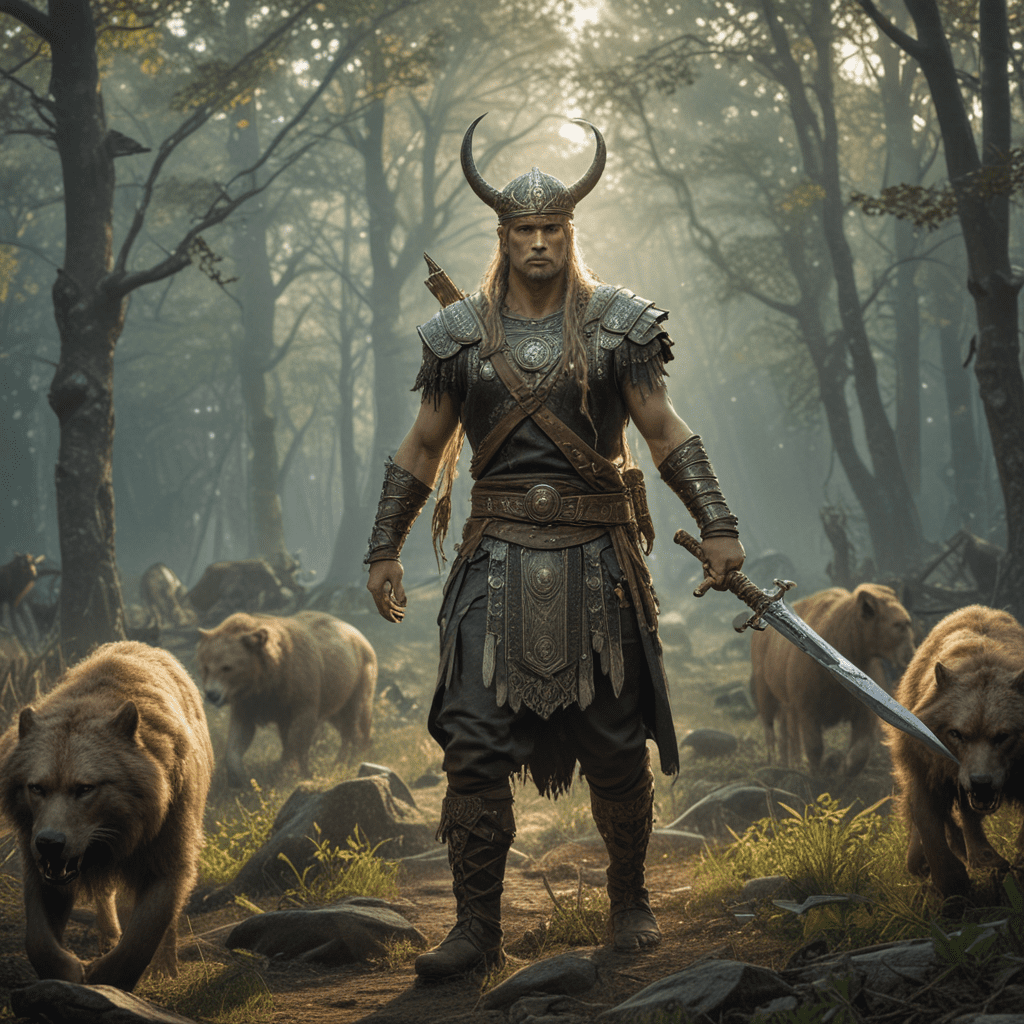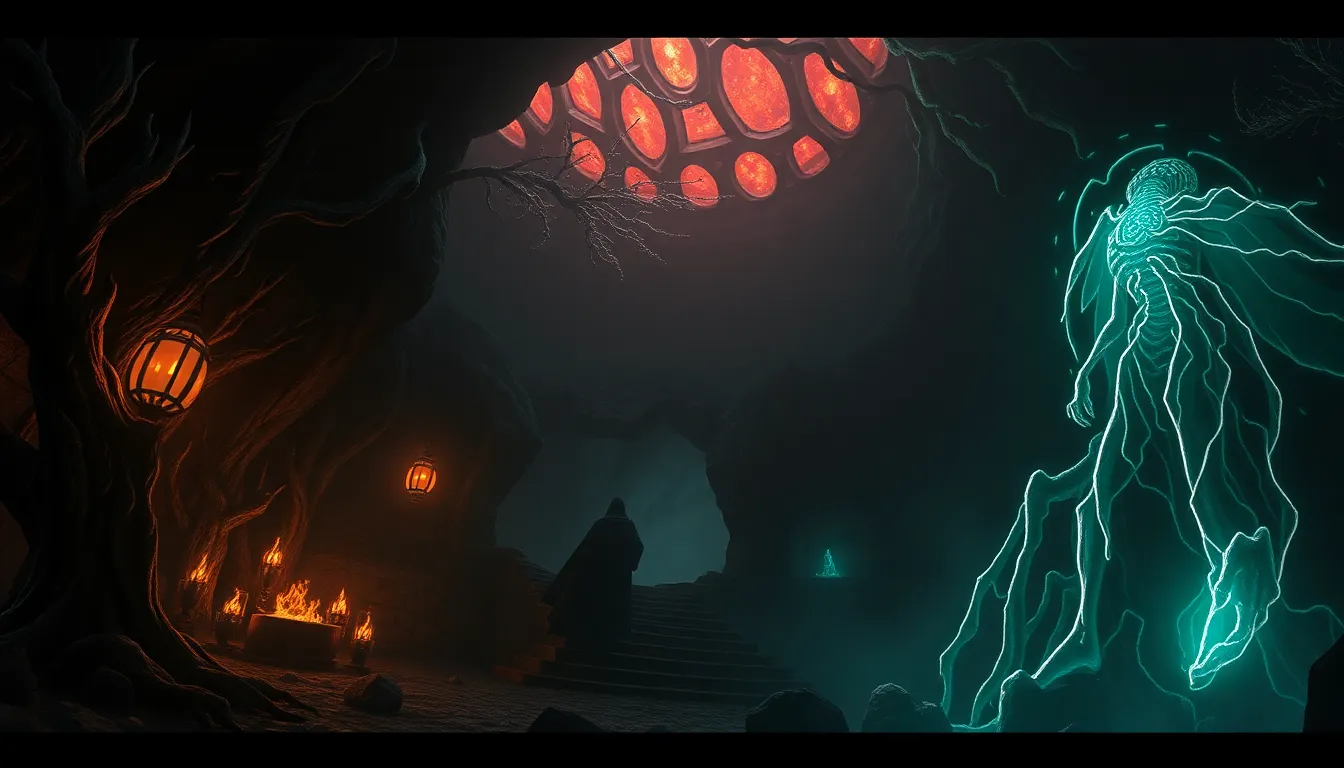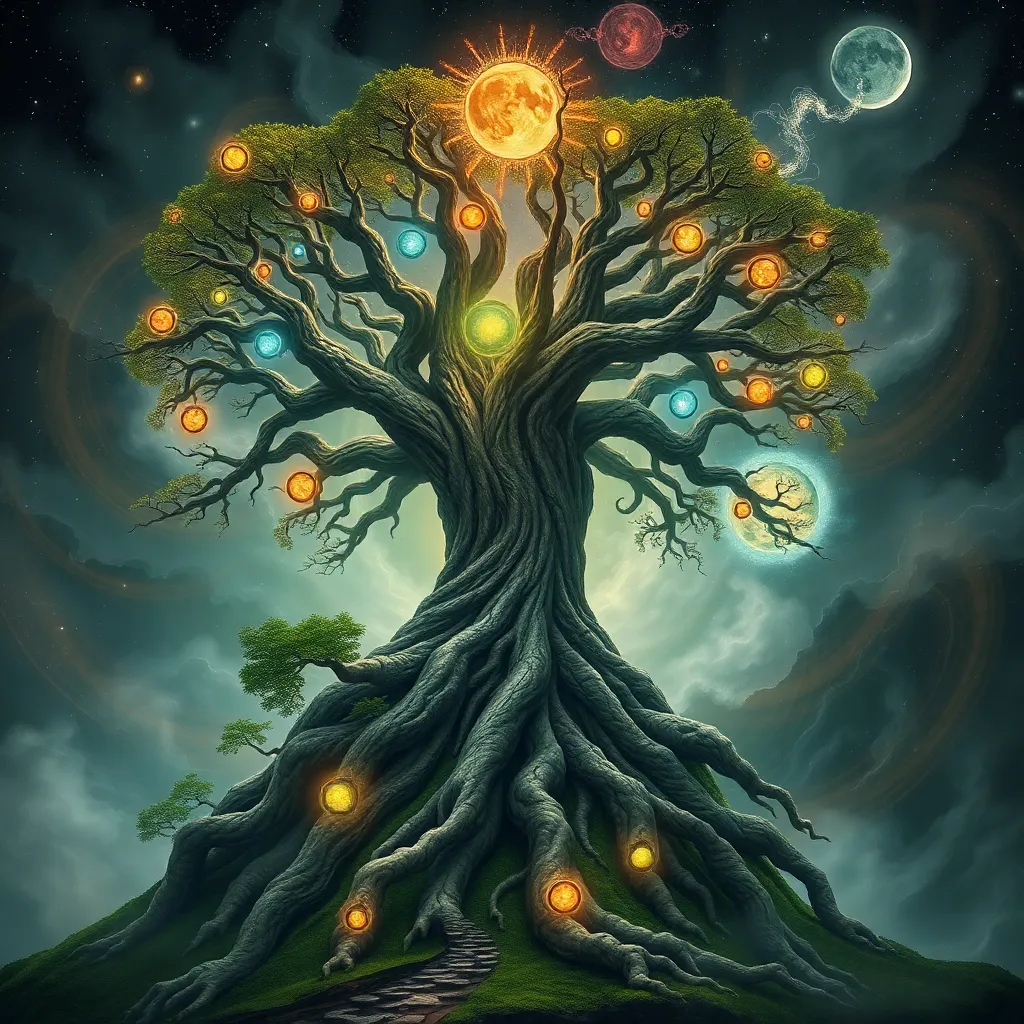Slavic Mythology: Tales of Survival and Adaptation
Slavic mythology is a captivating tapestry of tales that have been woven together over centuries. These stories offer a profound insight into the lives of the Slavic people, their beliefs, and their struggles for survival in a harsh and unforgiving world.
I. Origins and Significance
The origins of Slavic mythology can be traced back to ancient times, with roots in the Indo-European cultures of Eurasia. Slavic tribes shared common linguistic, cultural, and mythological traditions. These stories were passed down orally from generation to generation, serving as a form of cultural identity and a way of understanding the world.
II. Deities and Supernatural Beings
Slavic mythology abounds with a pantheon of gods and goddesses, each with their own unique powers and attributes. Perun, the god of thunder and lightning, was revered as the protector of the people. Veles, the god of the underworld and the herds, was both feared and respected. Alongside the gods were a host of other supernatural beings, such as fairies, spirits, and demons, who played intricate roles in the lives of the Slavs.
III. Creatures of the Forest
The forests of Slavic lands were considered sacred and inhabited by a plethora of mythical creatures. Leshy, the forest spirit, was a powerful protector of the woods. Kikimora, a mischievous household sprite, often played tricks on the inhabitants. The Baba Yaga, a fearsome witch who lived in a house on chicken legs, was both revered and feared for her magical powers.
IV. Rituals and Beliefs
Slavic mythology was deeply intertwined with everyday life. Rituals and beliefs permeated every aspect of existence. The Slavs celebrated seasonal festivals, such as Kupala Night and Maslenitsa, which honored their gods and marked important transitions in the agricultural cycle. They also practiced divination, folk medicine, and other forms of magic to protect themselves from harm and ensure their well-being.
V. Slavic Folklore in Modern Culture
The influence of Slavic mythology can still be felt in modern culture. Elements of these tales have found their way into literature, art, and popular culture. From the Baba Yaga's house on chicken legs to the folklore surrounding the mythical creature known as the Rusalka, Slavic mythology continues to captivate and inspire generations.
VI. The Role of Nature in Slavic Mythology
Nature played a pivotal role in Slavic mythology. The Slavs believed that the natural world was imbued with spirits and deities, each with their own power and influence. Forests, rivers, mountains, and fields were considered sacred places, and the Slavs often sought their protection and guidance.
VII. The Battle Against Darkness
Slavic mythology is replete with tales of the struggle between good and evil. Forces of darkness, such as demons, witches, and evil spirits, constantly threatened the well-being of the people. Heroes and gods alike fought valiantly against these forces to protect their homes and families.
VIII. Slavic Heroes and Warriors
Slavic mythology is rich in tales of heroes and warriors who embody courage, strength, and cunning. Ilya Muromets, Dobrynya Nikitich, and Alyosha Popovich are just a few of the legendary figures who fought against enemies both mortal and supernatural. Their stories celebrate the indomitable spirit of the Slavic people.
IX. Adaptation and Survival in Harsh Environments
The Slavs faced numerous challenges in their harsh and unforgiving environment. Through their ingenuity and resilience, they adapted their lives to survive in extreme conditions. Slavic mythology reflects this struggle for survival, with stories of cunning hunters, wise healers, and skilled craftsmen who overcame adversity and ensured the continuity of their communities.
X. The Enduring Legacy of Slavic Mythology
Slavic mythology has had a profound impact on the culture, traditions, and language of the Slavic peoples. Its tales of gods, heroes, and supernatural beings continue to inspire and fascinate people today. The enduring legacy of Slavic mythology is a testament to its timeless relevance and the rich cultural heritage of the Slavic world.
FAQs
What are the main themes of Slavic mythology?
Slavic mythology explores themes of survival, adaptation, the battle against darkness, and the power of nature.
Who are the most important deities in Slavic mythology?
Perun, the god of thunder and lightning, and Veles, the god of the underworld and the herds, are among the most prominent deities in Slavic mythology.
What is the significance of forests in Slavic mythology?
Forests were considered sacred in Slavic mythology and were believed to be inhabited by a host of mythical creatures, such as Leshy, the forest spirit, and Baba Yaga, the witch who lived in a house on chicken legs.
Who are some of the most famous Slavic heroes?
Ilya Muromets, Dobrynya Nikitich, and Alyosha Popovich are legendary Slavic heroes who fought against enemies both mortal and supernatural.
How has Slavic mythology influenced modern culture?
Slavic mythology has had a significant influence on literature, art, and popular culture. Elements of these tales can be found in works by authors such as J.R.R. Tolkien and George R.R. Martin.




